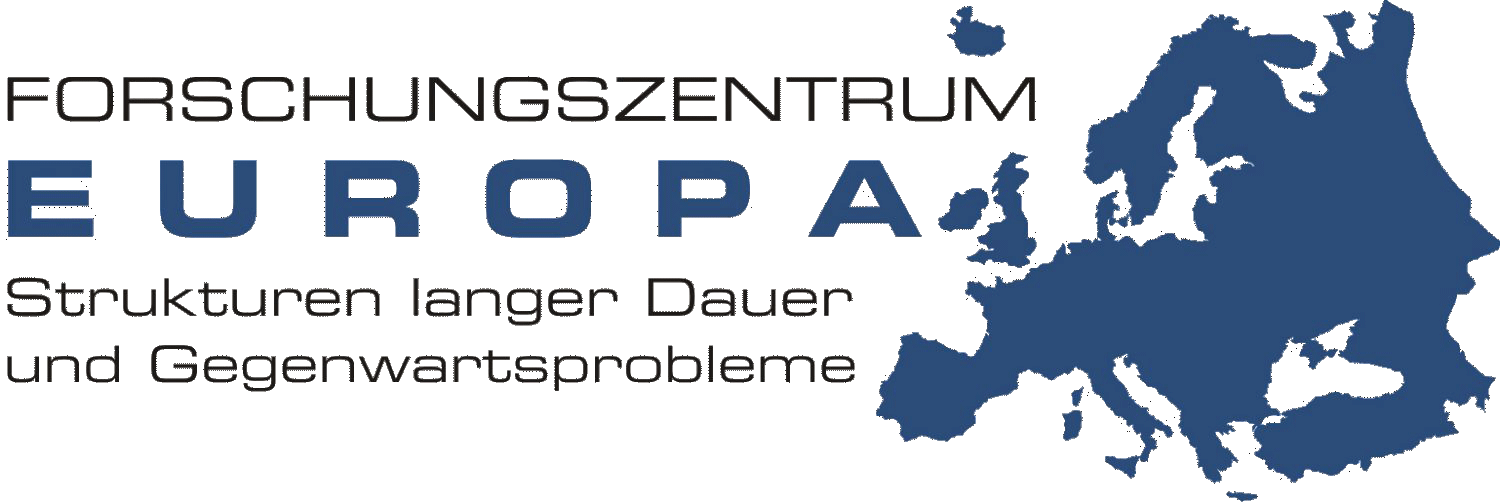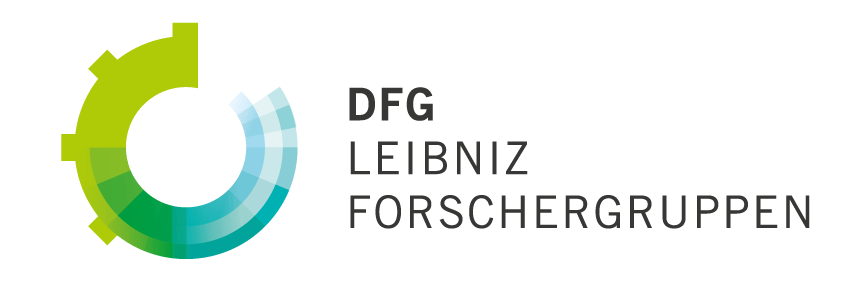On the browser side, the Digital Atlas is built using the latest and established, open-source web development tools. It integrates the well-known web-mapping library OpenLayers (v5) into the JS-Framework Angular (v7) to provide a highly interactive user experience. For the purpose of integration, a dedicated angular module has been created and published to npm (fze-ngx-geo). It takes care of low-level cartographic interactions, e.g. dynamic symbol sizes depending on zoom level, dynamic icon placement in case of multiple icons and much more. The UI is built on top of the angular-material module.
The overlays displaying historiographic information (Archives, Museums, Historians, etc.) are transferred to the application directly from the FuD-database (see Data-Modelling) via a REST-Interface. The background maps, as well as the dynamically generated labels for countries, rivers, and cities, are rendered from a single database containing the aforementioned containing using UMN Mapserver using detailed, semi-automated generated map-files with python.
Niklas Alt







